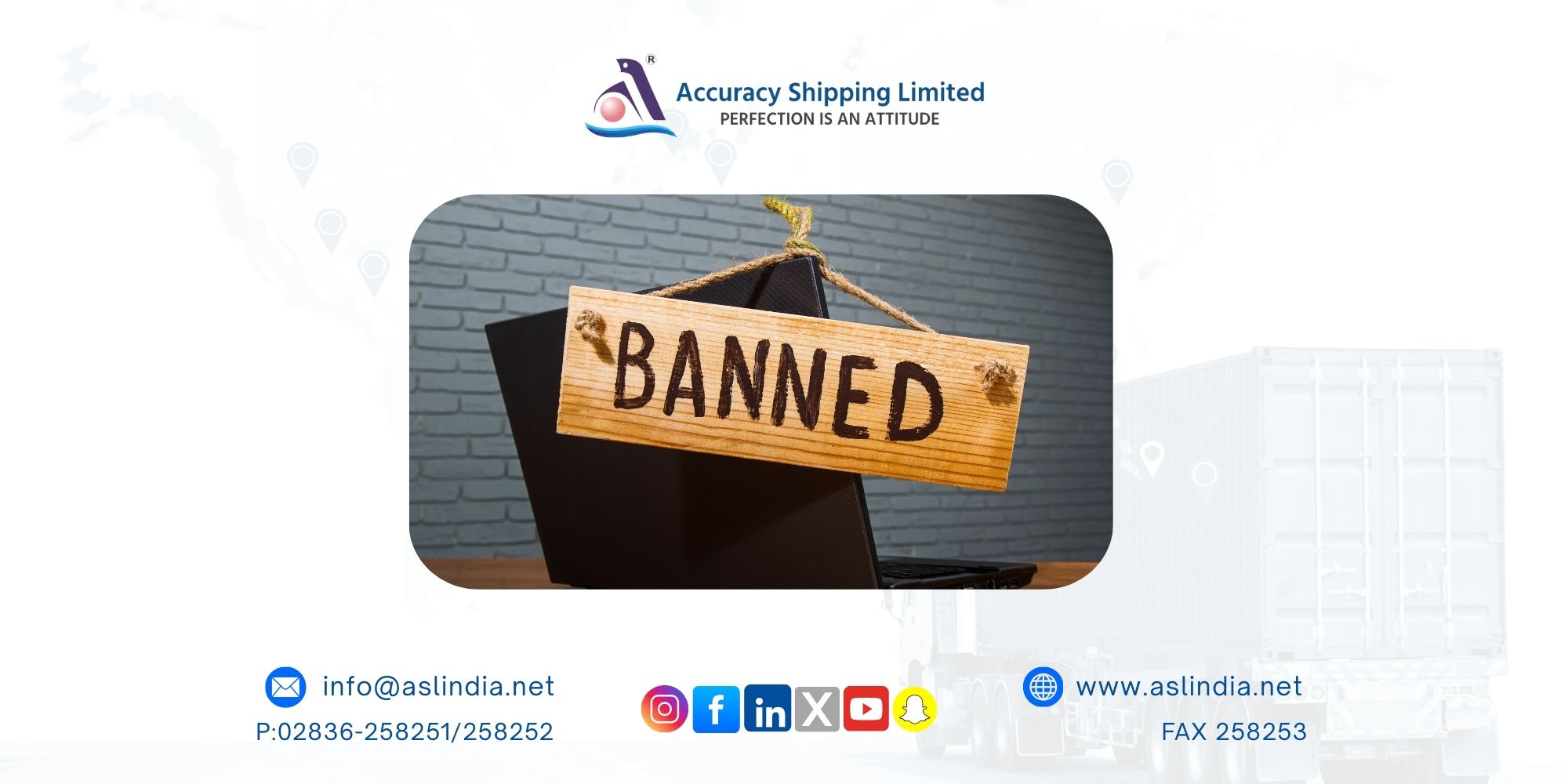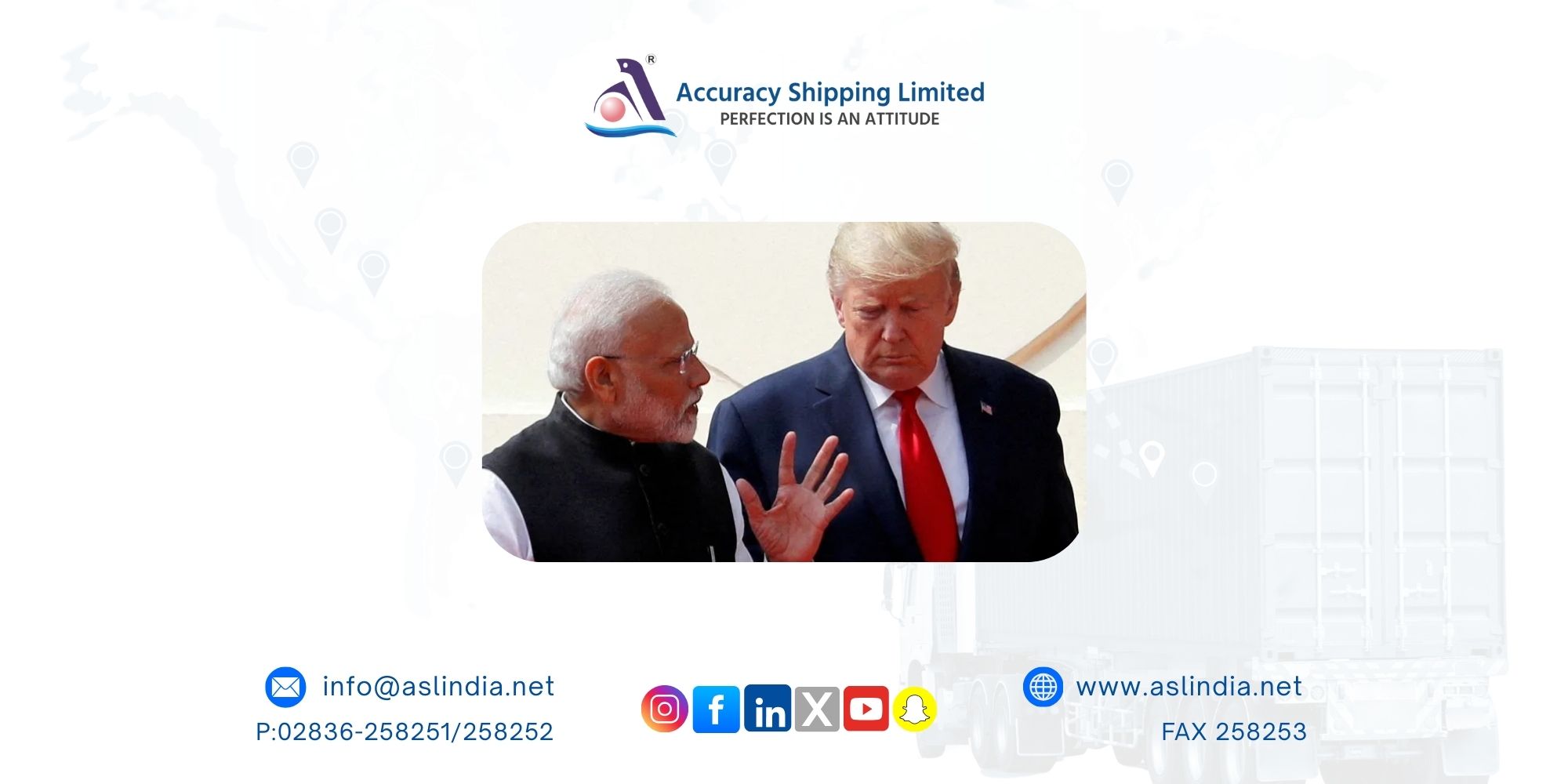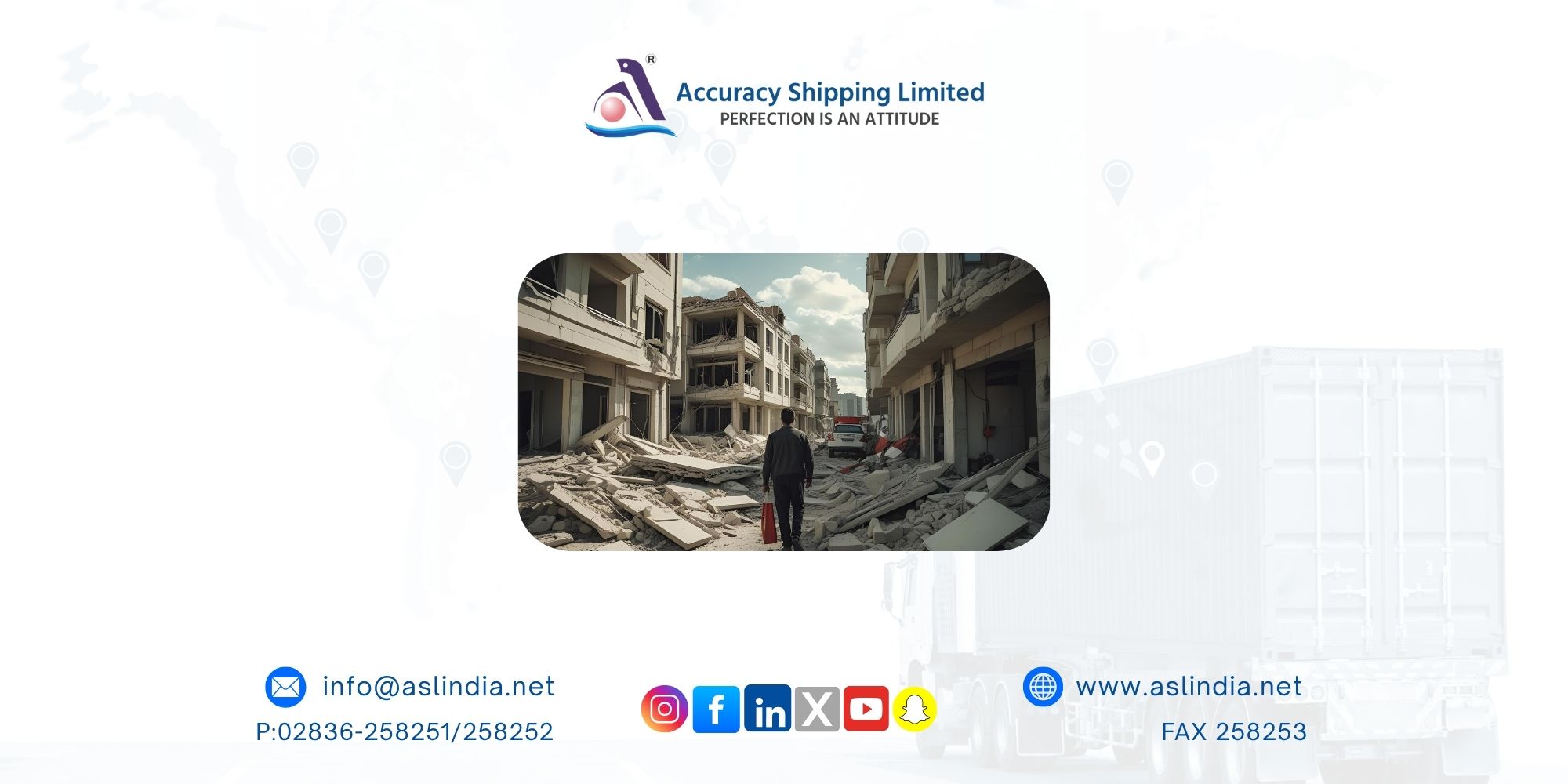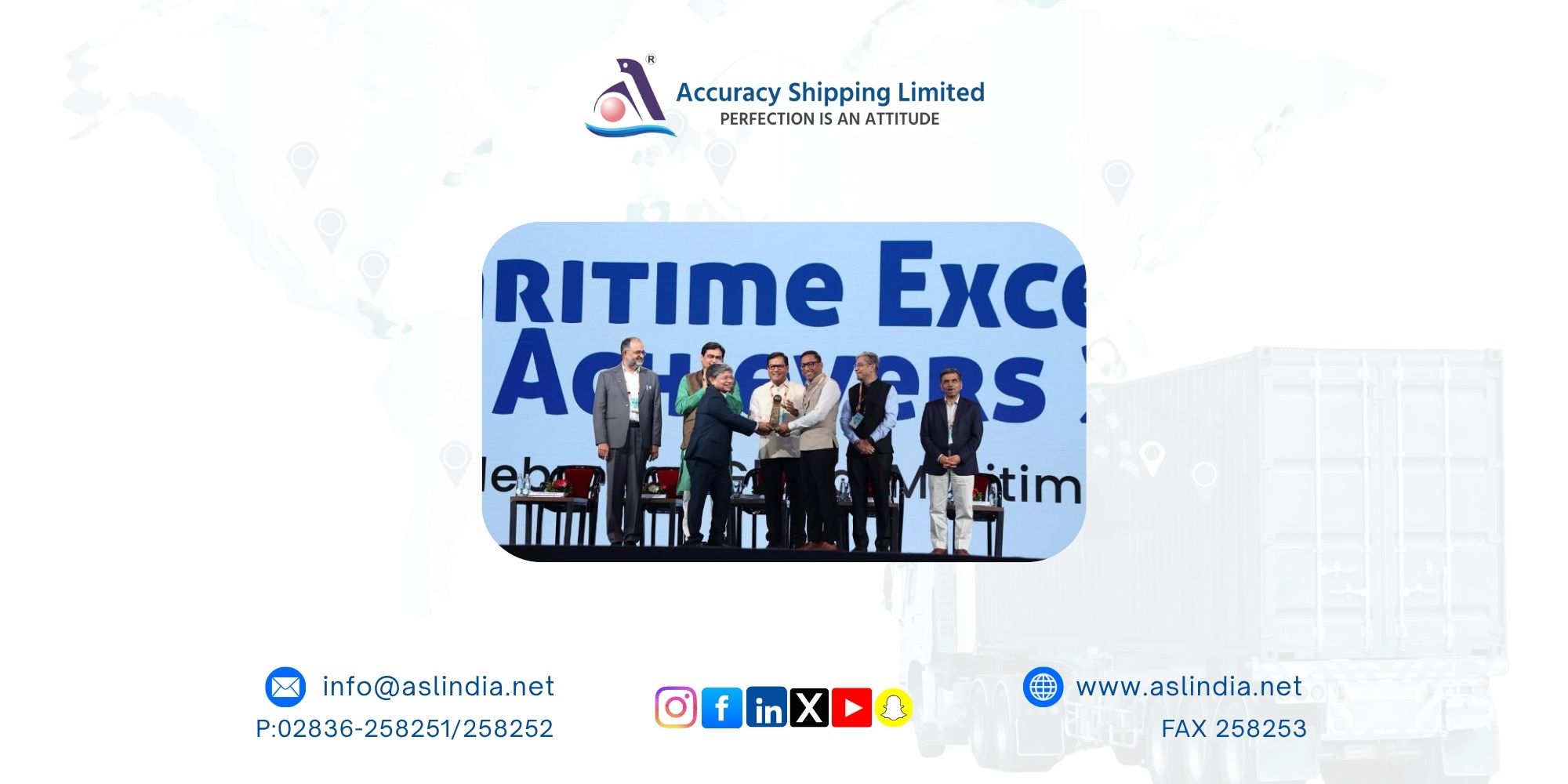Assam revives river trade as national waterway 57 sees first cargo trial
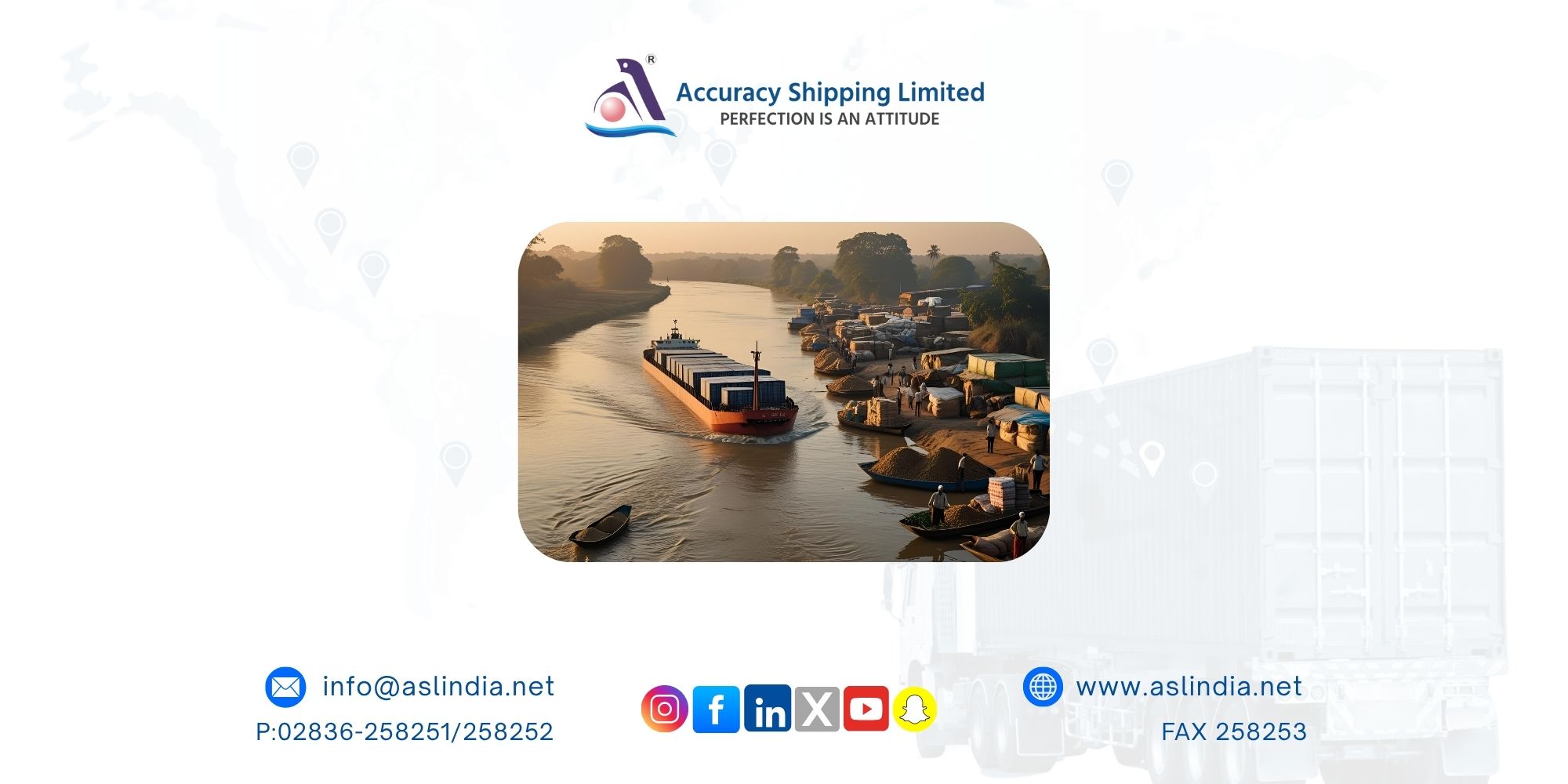
In a groundbreaking development for the Northeast’s transport and logistics sector, Assam officially operationalised National Waterway 57 (NW57) on August 2, 2025, reigniting the state’s dormant river trade routes. The revival came with a successful inaugural cargo trial, which saw the self-loading vessel MV V.V. Giri navigate a 300-kilometre route carrying 300 metric tonnes of cement from a central Assam factory to Hatsingimari in the South Salmara-Mankachar district.
The journey, which spanned the Kopili and Brahmaputra Rivers (National Waterway 2), took roughly 12 to 14 hours and marked a return to waterborne freight movement in Assam after more than a decade. The ceremonial flag-off took place at Chandrapur, approximately 30 km east of Guwahati, making it a symbolic and strategic event in Assam’s logistics evolution.
A Landmark for Inland Water Transport
Union Minister of Ports, Shipping, and Waterways Sarbananda Sonowal hailed the development as a “watershed moment” in the history of inland water transport. He highlighted that NW57’s operationalisation would breathe new life into forgotten trade routes and pave the way for a cost-effective, efficient, and environmentally friendly transport alternative.
“This marks a transformative milestone for Assam and the Northeast,” said Sonowal. “With this, we are building a future-ready logistics ecosystem that is not only economically viable but also supports environmental sustainability.”
Supporting India’s Broader Growth Narrative
The Kopili cargo trial is emblematic of a new era of connectivity and empowerment for Assam. It aligns seamlessly with Prime Minister Narendra Modi’s vision for a self-reliant and vibrant Northeast, integrating riverine transport into the region’s broader development blueprint.
Sonowal emphasized that Assam now boasts 1,168 km of operational waterways, including the Barak (NW16), Dhansiri (NW31), Brahmaputra, and Kopili rivers, with NW57’s navigable stretch being 46 km long. He noted that promoting inland water transport would help decongest overburdened roads, reduce carbon footprints, and provide sustainable income opportunities for riverine communities.
Sustainable Transport: One Trial, 23 Trucks Replaced
Saturday’s trial voyage not only proved the technical viability of NW57 but also showcased the potential of river logistics to replace conventional road freight. By transporting 300 MT of cement, the MV V.V. Giri replaced approximately 23 truckloads, demonstrating how inland waterways can lower transport costs, reduce fuel dependency, and minimise traffic congestion.
The Road or River ahead
With the success of this inaugural trial, Assam is poised to become a model state for inland waterway revival. The NW57 initiative is more than just a cargo route; it represents a bold leap toward sustainable logistics, regional connectivity, and inclusive growth.
As Assam reconnects with its historic river routes, it also steps into a future of economic revitalisation one where its rivers do more than just flow; they fuel progress.



